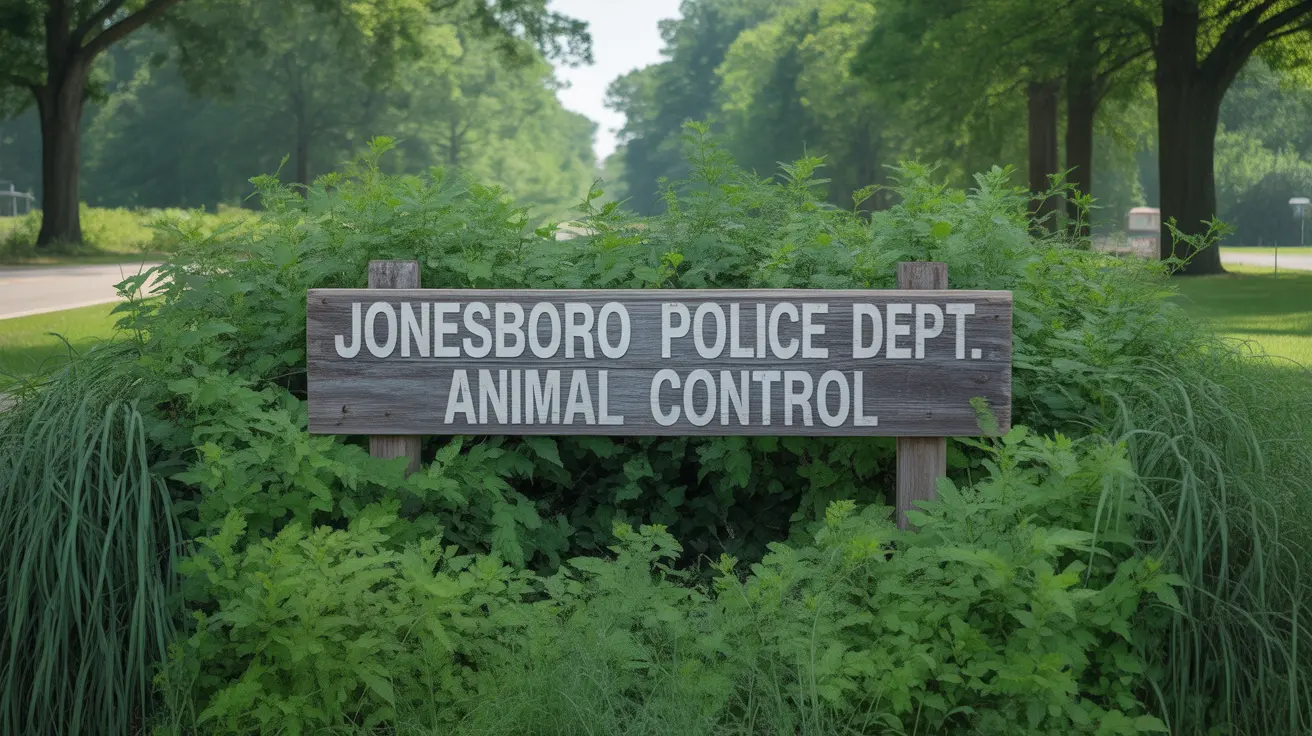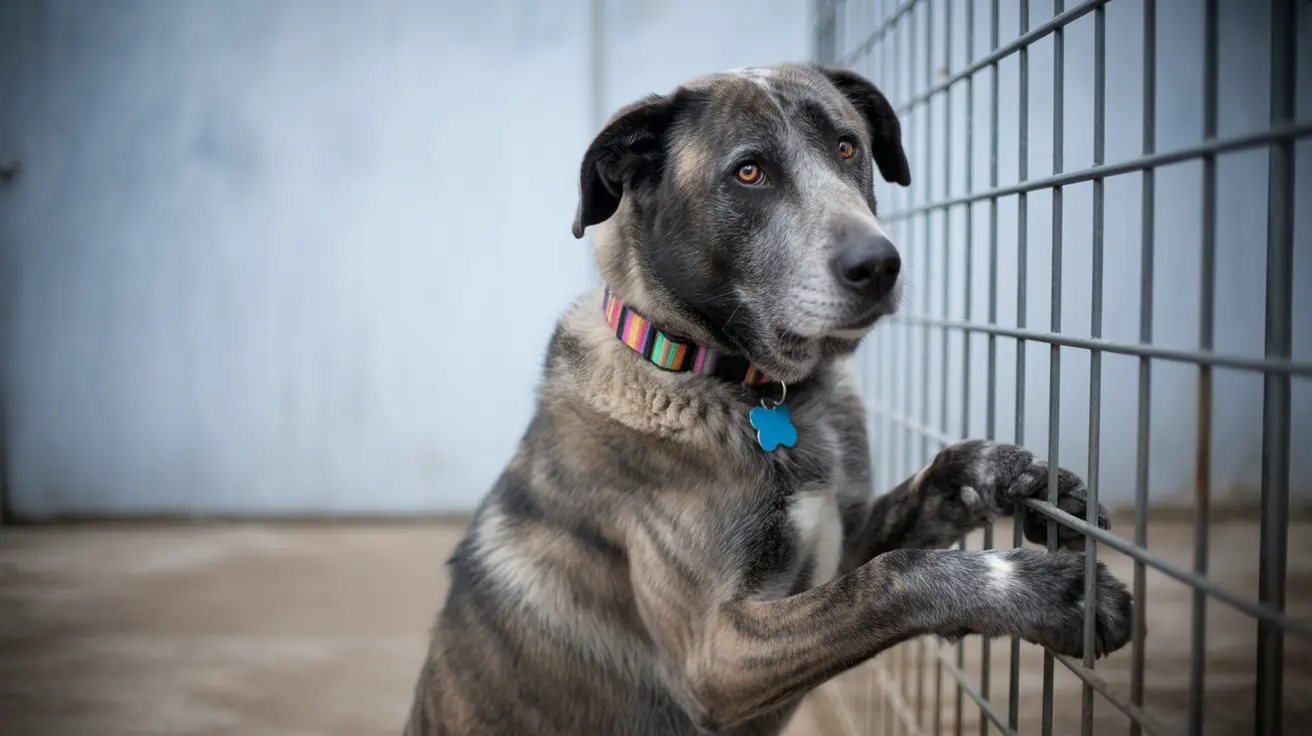If you've ever wondered "do corgis have tails?" the answer isn't as straightforward as you might think. While all corgis are naturally born with tails, what you see can vary significantly depending on the breed and where the dog comes from.
In this comprehensive guide, we'll explore everything you need to know about corgi tails, from natural characteristics to breeding practices, and help you understand why some corgis appear tailless while others sport magnificent, fox-like brushes.
The Natural State of Corgi Tails
Both Pembroke and Cardigan Welsh Corgis are born with tails. However, their natural tail characteristics differ between the breeds:
Cardigan Welsh Corgis always have long, fox-like tails that are kept natural throughout their lives. These tails are bushy, well-furred, and carried low, helping with balance and communication.
Pembroke Welsh Corgis are also born with tails, though some may have naturally shorter tails due to a genetic bobtail mutation. However, in the United States, most Pembroke Corgis you see without tails have undergone tail docking.
Tail Docking in Pembroke Welsh Corgis
Tail docking is a controversial practice that involves removing most of the tail when puppies are just 3-5 days old. This procedure is primarily performed to meet breed standards, particularly in the United States, where the American Kennel Club (AKC) requires Pembroke Welsh Corgis to have docked tails for show purposes.
The practice originated from historical working dog traditions but is now questioned by many veterinarians and animal welfare advocates. Many countries have banned cosmetic tail docking, leading to more natural-tailed Pembrokes outside the United States.
The Importance of Corgi Tails
Natural corgi tails serve several important functions:
- Balance and agility during herding and active movement
- Temperature regulation in cold weather
- Social communication with other dogs and humans
- Expression of emotional states and intentions
Modern Perspectives and Changing Practices
The debate over tail docking continues to evolve, with many veterinarians and breed enthusiasts advocating for maintaining natural tails. In countries where docking is banned, Pembroke Welsh Corgis live healthy, happy lives with their natural tails intact.
For prospective corgi owners, it's important to research local regulations and discuss tail preferences with breeders early in the process. Some breeders now offer undocked Pembrokes upon request, though this may require advance planning.
Frequently Asked Questions
Why do some Pembroke Welsh Corgis have no tails while Cardigan Corgis always do?
Cardigan Welsh Corgis always keep their natural tails according to breed standards. Pembroke Welsh Corgis often appear tailless due to tail docking practices, particularly in the United States, or occasionally due to a natural bobtail gene.
Are Corgis naturally born with tails or are their tails usually docked?
All corgis are naturally born with tails. While Cardigans keep their tails, Pembroke tails are often docked at 3-5 days old in countries where the practice is allowed.
What are the reasons behind tail docking in Pembroke Welsh Corgis, and is it still necessary today?
Historically, tail docking was done to prevent injury during herding work. Today, it's primarily performed to meet show ring standards, particularly in the US. Many veterinarians argue it's no longer necessary for pet dogs.
How can I tell the difference between a Cardigan and a Pembroke Welsh Corgi by their tail?
Cardigan Welsh Corgis have long, fox-like tails that are kept natural. Pembroke Welsh Corgis in the US typically have docked tails or, rarely, natural bobtails. Outside the US, Pembrokes may have natural tails similar to Cardigans.
Does tail docking affect a Corgi's health or ability to communicate?
Yes, tail docking can impact a dog's ability to communicate with other dogs and humans, as tails are important for expressing emotions and intentions. Some studies suggest docking may also lead to chronic pain or sensitivity issues.






